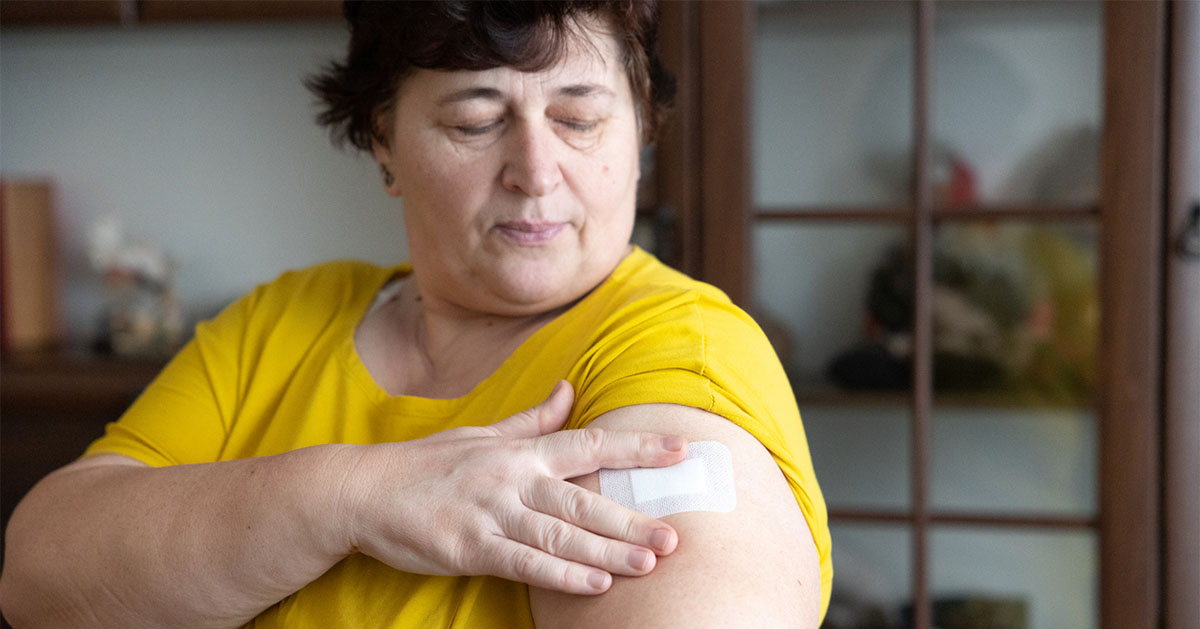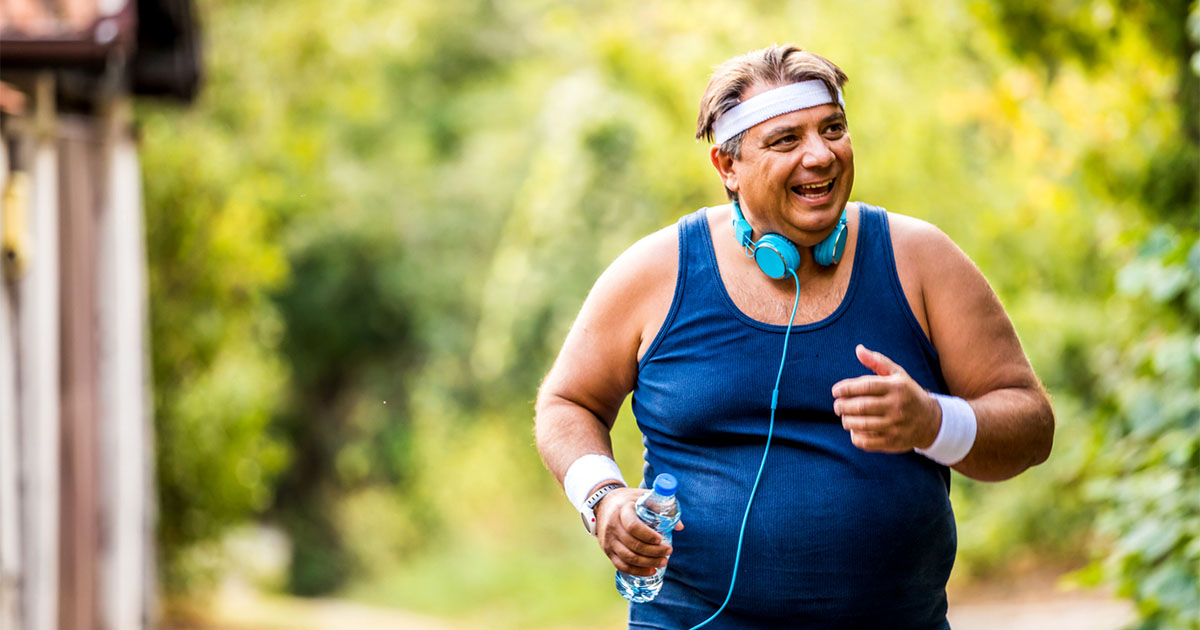Insulin pump therapy has been used in the UK for over 30 years to achieve strict blood glucose control in selected individuals with type 1 diabetes (Everett and Kerr, 2000). This system of delivering insulin mimics the normal activity of the pancreas by providing insulin at set rates determined by the blood glucose levels of the patient. Pump therapy allows the patient flexibility in lifestyle; precision and convenience of insulin delivery; and improved blood glucose control. Currently, this treatment is used by nearly 3000 individuals in the UK and over 130 000 worldwide (Insulin Pump Therapy Group website: www.webshowcase.net/input).
The benefits of intensive therapy
The Diabetes Control and Complications Trial Research Group (1993) showed that lower HbA1c levels could be achieved with intensive treatments to improve glycaemic control. Lower HbA1c levels have been shown to reduce the risk of long-term complications, such as retinopathy, nephropathy, and neuropathy (DCCT Research Group, 1996). Patients who have great difficulty in achieving good diabetes control are at a higher risk of these long-term complications and would benefit most from use of pump therapy (or Continuous Subcutaneous Insulin Infusion – CSII). Insulin pump therapy offers the patient a way of slowing the progression of the complications of diabetes and attaining a better quality of life.
Information for patients
My own journey on the road to using insulin pump therapy did not begin with information about this treatment from a hospital diabetes clinic. I first discovered insulin pumps via a local newspaper advertisement placed by another pump user. This advertisement described the flexibility in lifestyle and improved blood glucose control which was attainable with an insulin pump. Then began the difficulty of seeking out information in order to start using the treatment, and to make an informed decision about whether it could help me or not.
To start with, I contacted my own diabetes centre in 1999, who advised me that they were not familiar with pump therapy and were reluctant to initiate it. This attitude was perhaps due to negative experiences, i.e. the use of pumps in patients who were unwilling to test their blood sugar regularly, and previous poor technology. Safety features, such as alarms, which are incorporated now, were not available when the first pump trials were carried out in the 1970s. It also later became apparent that extensive patient education also plays an extremely important role in the success of this treatment option.
As patient information via my hospital was limited, I sought the advice of a patient-led group who had personal experience of the treatment and the difficulties in obtaining a trial period using pump therapy. INPUT (Insulin Pump Therapy Group) is a national voluntary organisation set up and run by a long- term pump user to offer support and advice (www.webshowcase.net/input). I discovered that by using a pump I could help delay or prevent the complications of diabetes due to erratic blood glucose swings. I was advised to obtain a referral to an endocrinologist at a London hospital who would consider patients for pump therapy use.
Obtaining funding
Following my appointment with one of the few consultants at the time with excellent knowledge in this field, I was told that insulin pump therapy would help my uncontrollable diabetes of 22 years. The consultant also remarked he wished I had come to him years ago as it would have helped prevent or delay some of the long-term complications I had suffered due to poor control. I was relieved that finally, I could be in control of my diabetes rather than it being in control of me.
This gave me the go ahead to request funding for pump therapy from my local health authority. At the time, my health authority did not have any funding criteria in place for pumps. I wrote requesting funding on the grounds of unpredictable hypoglycaemia and listed my complications (cataracts, retinopathy, nephropathy, neuropathy, and gastroparesis). I also stated that my quality of life had been affected and that I believed it could be improved with the use of pump therapy.
As a result of reading many articles about pump therapy, I became very active in the field of pump funding and began researching the subject for the INPUT organisation. The result was a comprehensive literature review and costing analysis which outlined the NHS expenditure devoted to treating diabetes complications each year (www.webshowcase.net/input).
This report was sent to every health authority in the UK via INPUT and showed how insulin pump therapy could reduce the incidence of complications. I then discovered my own health authority had agreed to fund the treatment for me on the grounds of unpredictable hypoglycaemia.
Improved control
Once funding was agreed upon, I contacted the pump manufacturer (MiniMed) for a trial of the treatment. It had taken 9 months from first finding out about the use of pumps to receiving training from the MiniMed diabetes specialist nurse. I finally began pump therapy in May 2000.
The effect of pump therapy on my blood glucose levels was dramatic.
Multiple daily injections (eight) had meant my levels were rarely below 10 mmol/l. Now my night-time levels ascertained via frequent testing were between 5–6mmol/l within the first week of use. This was excellent considering it takes some time to tailor insulin requirements to a patient’s needs using a pump, and that I have gastroparesis.
It took several weeks of adjustment, according to blood glucose tests, to calculate my daily basal rate (level of insulin administered to keep the blood sugar within normal range). I have found that these daily requirements fluctuate and need to be re-programmed into the pump by the patient. I have also learnt over time how to assess my bolus insulin requirements for meals according to the gastroparesis, and how other factors affect my insulin uptake, such as exercise, hormonal variations and stress.
Altering the perceptions of health professionals
Although I was extremely pleased with my good diabetes control, it became apparent that there was a lack of diabetes consultants across the country with the appropriate training and knowledge to initiate a patient on pump therapy.
There are many misconceptions about the need for a 24h on-call facility by ‘experts’ in case a pump patient has problems with the treatment. This perceived need for extra staff and the necessity of training was cited as the reason for the lack of pump clinics in the UK by my diabetes clinic. Health professionals have also cited a lack of knowledge, skills and confidence as a barrier to the wider use of pump therapy by diabetes clinics (Everett, unpublished).
Health professionals will gain knowledge as they experience more patients using pump therapy. Currently, trained diabetes nurses working for the pump manufacturers educate and train the majority of new pump users in the UK.
Funding
At present, 28 strategic health authorities which control 304 primary care trusts now fund insulin pump therapy for individuals meeting the funding criteria. The National Institute for Clinical Excellence (NICE) have recently issued guidelines to the NHS regarding the provision of pump therapy. Insulin pump therapy is now to be considered as an option if all other treatments have failed to achieve good glycaemic control (www.nice.org.uk).
Patient self-management
I have learnt to manage my own needs using pump therapy. According to INPUT, most pump users are the experts in the use of this treatment. Patients must deal with a wide range of experiences, from programming their basal and bolus needs into the machine, to managing a problem with non-delivery of insulin due to site overabsorption. Insulin pump therapy requires intensive self-management which highlights the need for the careful consideration of patient motivation, adherence, health beliefs, and compliance, and the necessity of intensive patient education.
Personally, I have found that pump therapy has helped me maintain independence, despite my chronic complications of diabetes. Although maintaining normoglycaemia with gastroparesis is difficult, the use of pump therapy allows me to tailor my insulin requirements to my needs. Pump therapy also allows me freedom from the restrictions of regular mealtimes; precise insulin dosage adjustments which I could not attain using multiple daily injections; and much improved HbA1c levels(9 mmol/l before commencing pump therapy to around 6 mmol/l now).
Conclusion
As a result of increasing accessibility to information via the internet, patient empowerment and the ability to make an informed decision is escalating rapidly. The benefits of pump therapy are well documented: the ability to improve glycaemic control; the reduction in the risk of hypoglycaemia; and the ability to improve the patient’s quality of life.
Pump therapy is the way forward as a treatment option for patients with diabetes which is difficult to control. Health professionals should therefore have a basic knowledge of what pump therapy entails, and would benefit from taking the opportunity to learn from patients with experience in using this treatment.





Increased risk of new-onset heart failure in over-65s suggests caution is required before prescribing pregabalin for painful diabetic neuropathy.
14 Aug 2025